A healthy lifestyle encompasses more than just good nutritious meals and consistent exercise. It’s important to take care of your mind and body by getting enough sleep, managing any medications you may need to take, and remembering your doctor’s appointments.
With the convenience of having a phone strapped to us most of the time, a good app or two can provide an easy way to manage everything. These are some of Healthline‘s tried and true list of the best healthy lifestyle apps based on content, reliability, and user reviews.

Symple Symptom Tracker
This app tracks your mood, sleep, and what you eat to monitor your health. It also has a feature where you can note down any symptoms you have so it’s easier to update your doctor at your next appointment.
Price: Free with in-app purchasing
Average rating: 4.5 ⭐

Drugs.com Medication Guide
You can quickly look up drug information, types of pills, and manage your medication records. Drugs.com’s quick-search feature and extensive database of drug info can help you keep up with your medications.
Price: Free with in-app purchasing
Average rating: 4.7 ⭐

MyFitnessPal
MyFitnessPal simplifies how you track your nutrition, weight, and fitness to help you reach your goals. The app has grown a community that will give you the support and motivation you need to get where you want to.
Price: Free with in-app purchasing
Average rating: 4.7 ⭐

ShopWell
Nutrition labels are simplified to help you better understand them. By creating a food profile with your dietary goals, allergies, health issues, and dislikes, you get personalized nutrition scores by scanning labels. It also includes food recommendations and where you can locate certain products in local grocery stores.
Price: Free
Average rating: 4.1 ⭐

Charity Miles
Do good to feel good! When you walk, run, or bike, you earn money for charity making advocacy easy. Members of the app have earned over $2.5 million for a variety of causes to date.
Price: Free
Average rating: 4.5 ⭐
Have you tried any of these apps before? Let us know your experience with these apps or other apps you like to use to keep up a healthy lifestyle!
Article source: https://www.healthline.com/health/mental-health/top-healthy-lifestyle-iphone-android-apps#charity-miles












